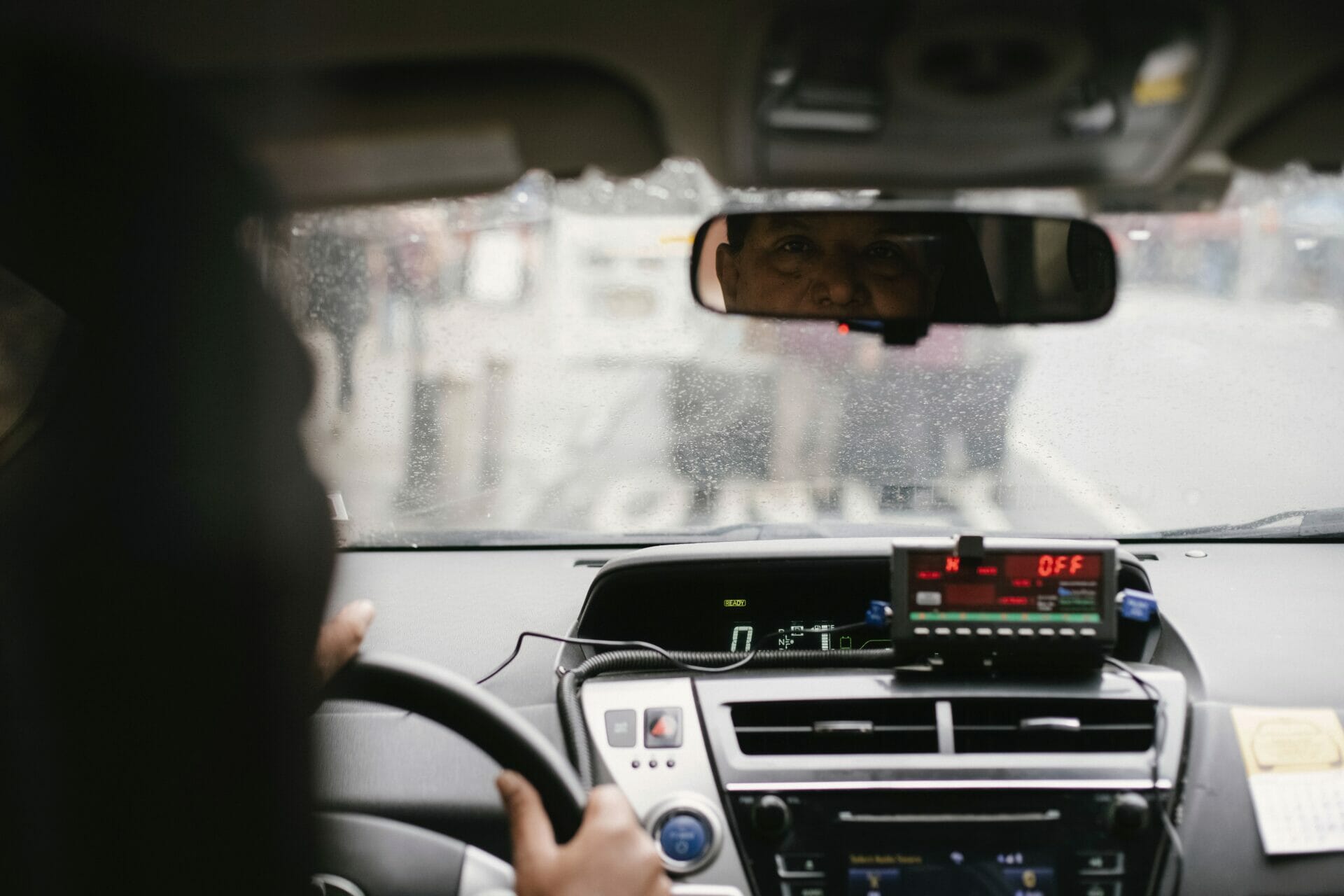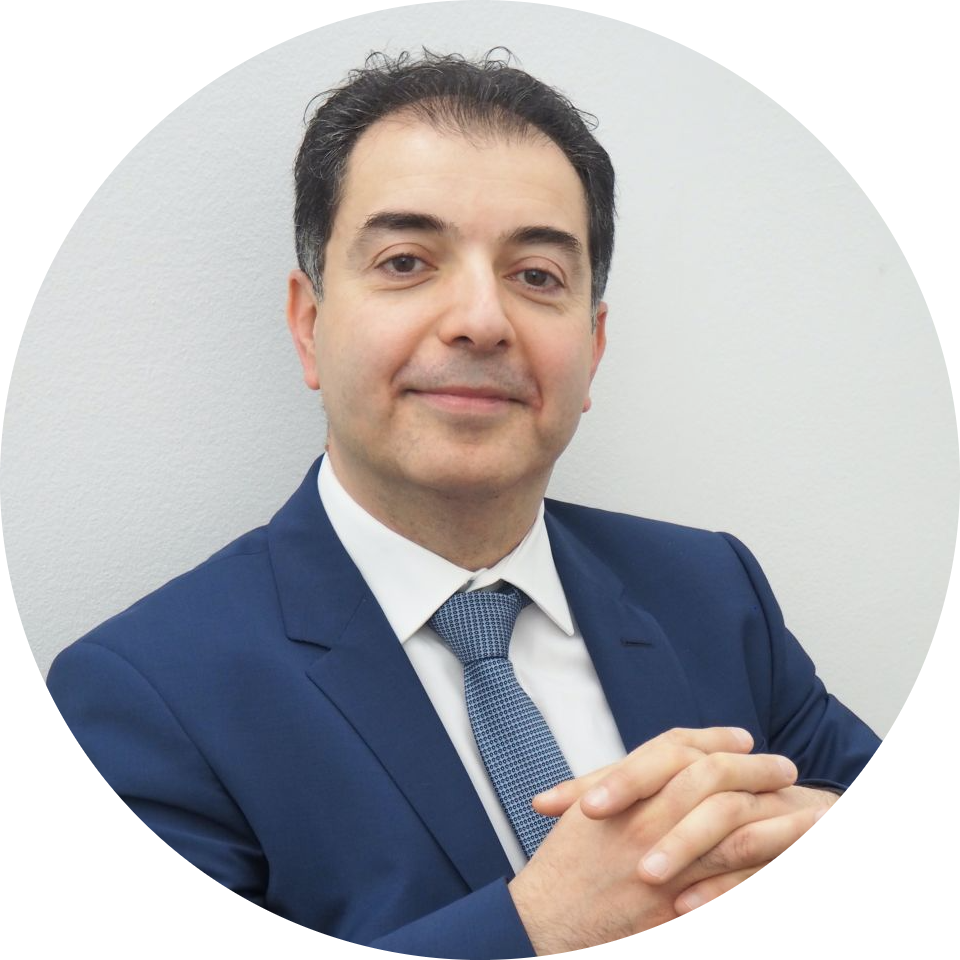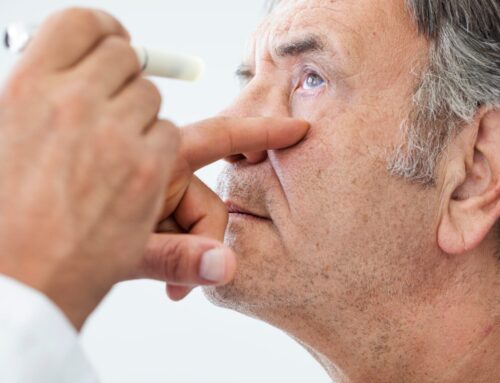
Driving After Cataract Surgery
Cataract surgery is a remarkable medical procedure that has enabled millions of individuals to regain their sight and restore clarity to their vision.
This safe and effective treatment for cataracts — opaque areas that develop in the lens, affecting vision — removes the cloudy lens and replaces it with a clear, artificial one, eliminating the problem and restoring vision.
After you have had cataract surgery, you must follow any post-operative care and guidelines given to you by your surgeon. Heeding their advice reduces the chances of developing after surgery complications, including infection, and will help you get back to normal life.
If you’re thinking about getting cataract surgery, you may want to know how the procedure will affect you when completing normal daily activities, for example, driving. In this blog post, we will discuss what you can expect after cataract surgery, guidelines for getting behind the wheel, and some top tips for safe driving after cataract surgery.
What to expect after cataract surgery
The benefits of cataract surgery are an easy recovery with fast results of restoring vision in a short period, only a few days.
Straight after surgery, you will notice an immediate change in your vision, as the cloudy lens that dimmed the colours and restricted the light has been replaced with an artificially clear one.
During the initial recovery, your vision can be blurry, but as the eye heals and regains sight again, the colours will begin to look brighter and the vision will seem more clear.
Your blurry vision may clear up in as little as a couple of days, but it may take up to eight weeks for your eye to fully heal. While recovering after cataract surgery, it is normal for the eye to feel dry and itchy. It is very important to avoid rubbing the healing eye and wear eye shields while you are resting or during the night’s sleep.
As a result of the new clear lens replacing the cataract one, you can experience temporary vision changes during your initial recovery, but these should clear up relatively quickly. This happens as your brain tries to adjust to a new image the eye is now able to see as the new clear lens gives a different depth of perception.
Driving guidelines after cataract surgery
Clear vision is essential for safe driving, so you must wait for your vision to become clear again before getting back behind the wheel.
You won’t be able to drive home immediately after surgery — your vision will be too blurry to be safe. You’ll probably have some light sensitivity and changes to your depth of field too.
The side effects of the anaesthetic used during your procedure will also affect your ability to drive (you may either have been slightly sedated or were given some other form of anaesthetic for your surgery). Someone will need to help you home after your surgery, so make arrangements for this before you head into hospital.
The general guidance is to not drive for 24 hours — but this can vary from person to person. If your vision is still slightly blurred after 24 hours or you feel sensitive to light, do not drive.
If you have your cataracts operated upon at separate appointments, you will need to be cleared after each operation by your surgeon before driving again, so they can assess your readiness and determine if your vision is safe for driving.
Tips for safe driving after cataract surgery
While recovering, if your vision is clear and your doctor agrees, you can begin driving again. However, there are some things you need to do to ensure you are safe on the road. Sometimes you might have to wait until you receive new prescription glasses that match your cataract-free vision.
Most importantly, do not drive if your vision is blurred or affected by your surgery in any way. You must also be mindful of any potential visual distractions on the road, you need to fully recover your vision before you drive. If you have blurriness in any parts of your sight, this could block out things you should be aware of when driving.
If you are still not used to your new depth perception, do not begin driving until you are. The changes in depth perception can make it hard for you to gauge how far or close something is from you, which is very dangerous if you are driving.
Driving after cataract surgery is possible, but only after receiving clearance from your doctor. Recovery from cataract surgery is fairly quick if you follow the aftercare advice, so it won’t be too long before you can begin driving again.
Some top tips for safe driving after cataract surgery include:
- Sit in a comfortable position
- Avoid driving with open windows or have air vents on as it will make your eyes dry and uncomfortable causing difficulty to focus on the road.
- To avoid seeing glare and halos, as your eyes are still sensitive to the bright light, do not drive at night until the symptoms disappear.
- Wear sunglasses to protect your eyes from the sun
If you’re ever unsure about the current state of your vision, don’t drive. It’s always better to wait until your eyes are fully recovered to keep yourself and other drivers safe on the road.
At Eye Clinic London, our team of expert ophthalmologists are on hand to provide you with the support you need before, during and after your cataract surgery.
Book a consultation with us today and learn more about how we can help restore your vision.
Sources
https://www.mayoclinic.org/diseases-conditions/cataracts/symptoms-causes/syc-20353790
https://www.nhs.uk/conditions/cataract-surgery/recovery/
https://www.guysandstthomas.nhs.uk/health-information/cataract-surgery/after-cataract-surgery

About the expert
Mr Hamada | Consultant Ophthalmologist and Corneal Surgeon
MD, MSc, DO (hons), FRCSEd, FRCOphth I am Samer, founder and consultant ophthalmic surgeon with over 20 years’ experience in ophthalmology. I am a world-renowned specialist in cornea, cataract and refractive surgery. I’m not only a leading surgeon but also the only dual fellowship trained in corneal diseases in children from reputable institutions in the UK. At Eye Clinic London I work closely with other consultant ophthalmologists, optometrists and orthoptists to achieve the best outcomes for our patients. Our main aim is to make sure our patients get the safest and best treatments available to them. We put your safety before anything else so you can rest assured that if you choose us you will be in the best and safest hands.



